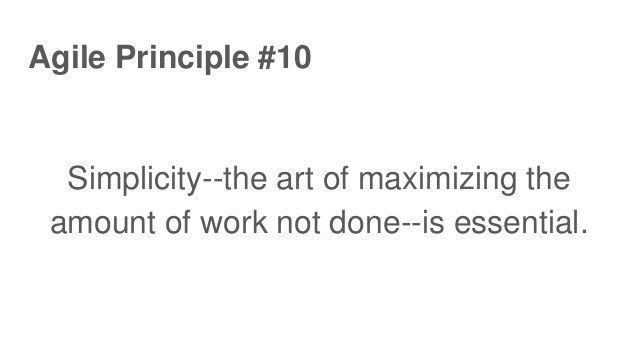Below the Surface of High-Performing Agile Teams
- markrajpal
- Aug 8, 2020
- 2 min read

We've all seen the common attributes of high-performing teams:
Healthy conflict
Self-organizing
Trust
Accountability
Fun
Aligned
Engagement
Focused
etc.
These are all great things and are quite easily identifiable.
What may not be so obvious are the actions that happen behind the scenes that are equally important. Here are a few:
Disappointed when defects are logged
High-performing agile teams are not upset at QA when defects are logged. Instead, they're thinking to themselves, 'why didn't we have an automated test in place to catch this issue?'. Furthermore, they want to rectify the situation as quickly as possible. So they'll finish up what they're currently working on and then address the defect.
Committed to the iteration goals so they don't disappoint the customer
The iteration goals are taken seriously. High-performing teams do everything in their power to meet their commitments. In other words, they made a promise to the customer and they want to fulfill their promise. The team would feel as though they failed if they were to show up to the Sprint Review and had to explain to the customer that they did not live up to their obligation.
Helping others to get 'unstuck'
Some teams operate in silos and look for the next task after having completed their work. High-performing agile teams are always looking to assist other members of the team. It's not uncommon for team members to pause what they're doing just to check-in with everybody else. These types of teams look to help others complete their work before picking up the next backlog item.
Don't hesitate to implement improvements
Some teams are great at identifying backlog items related to improvements. Afterall, that's what the retrospective is for. Unfortunately, they may find themselves in a situation what it's difficult to implement those improvements due to other priorities. High-performing agile teams quickly recognize when a small improvement is needed sooner than later. Instead of waiting for that magical day where they'll 'have time', they incorporate the effort into their sprint. If the improvement is not able to be included in the Sprint backlog, the team will work diligently to finish their work early so they can implement the improvement.
Thinking beyond the Sprint
High-performing agile teams don't suffer from tunnel vision. They're thinking about the bigger picture. Not only are they thinking about how the work at hand fits into the larger initiative but they're also thinking about what's coming up in the next Sprint and the next Sprint after that. This allows them to make better decisions and also allows them to better advise the Product Owner.
Are your teams currently behaving in this manner? What can you do to help them get there?



Comments